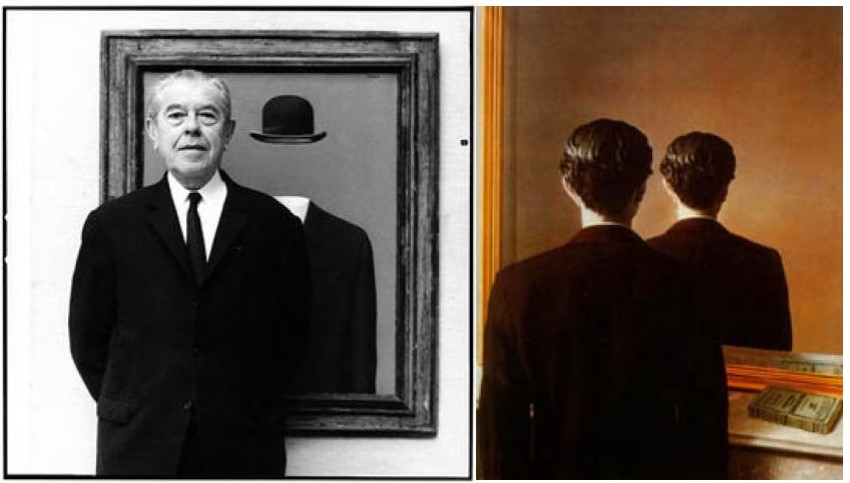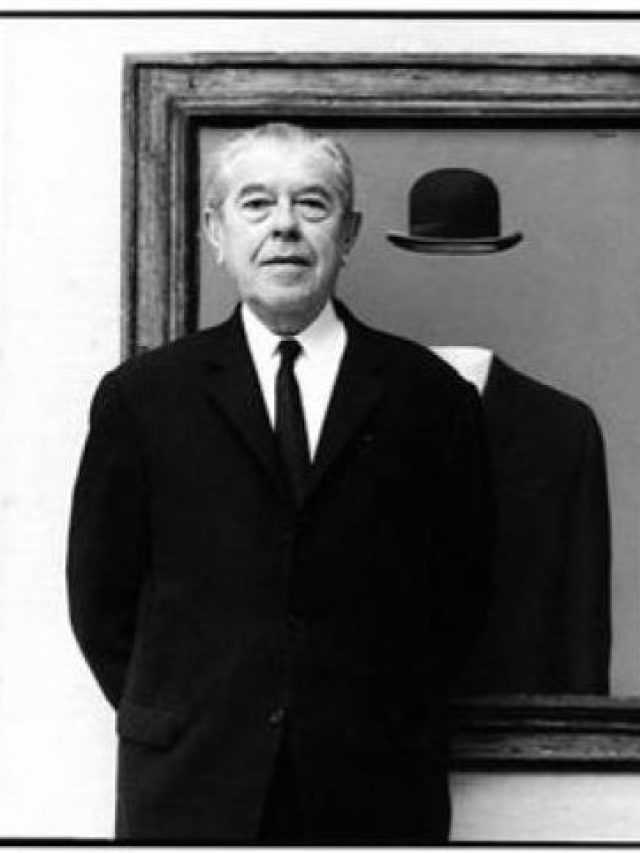“The painter’s art, as I see it, is about making poetic images visible.”
René Magritte
Who invent surrealistic Art is a challenging question in art history. Most artists have some layer of surrealism, and most artworks play ambiguous roles in human expressive history. Which elements can people easily understand, from clouds, pipes, bowler hats, green apples or any other image we can get the artist? Who paints a big Apple in the room and a cloud in a wine glass?
Who was Magritte?

Rene Magritte was a Belgian surrealist artist and painter well known for depicting ordinary things in strange, surprising contexts, which usually initiated queries about the qualities and peripheries of reality and articulation, leading us into a phase we had never been to. Magritte often uses many of the everyday materials of human life and places them in the prevalent location of representation in an unusual way; he created the acquainted, upsetting, and bizarre, posing inquiries about the nature of the prototype and actuality.
Starting a Career
Rene Magritte was born as the oldest son of a tailor and textile merchant, and at an early age, he started learning to draw. His mother’s suicide affected him early on, and reports indicate that her body finds out in the river covered by clothes. Scholars suggest this is why characters are clothe obscuring in some paintings, including Les Amants. He started as a graphic artist, and in 1929, his painting career transformed, he began to paint figurative paintings, and in his first solo exhibition, he launched himself as a Surrealist painter whose claim to severing the links between character and nature would remain a constant.
Paris Life and Surrealist Group
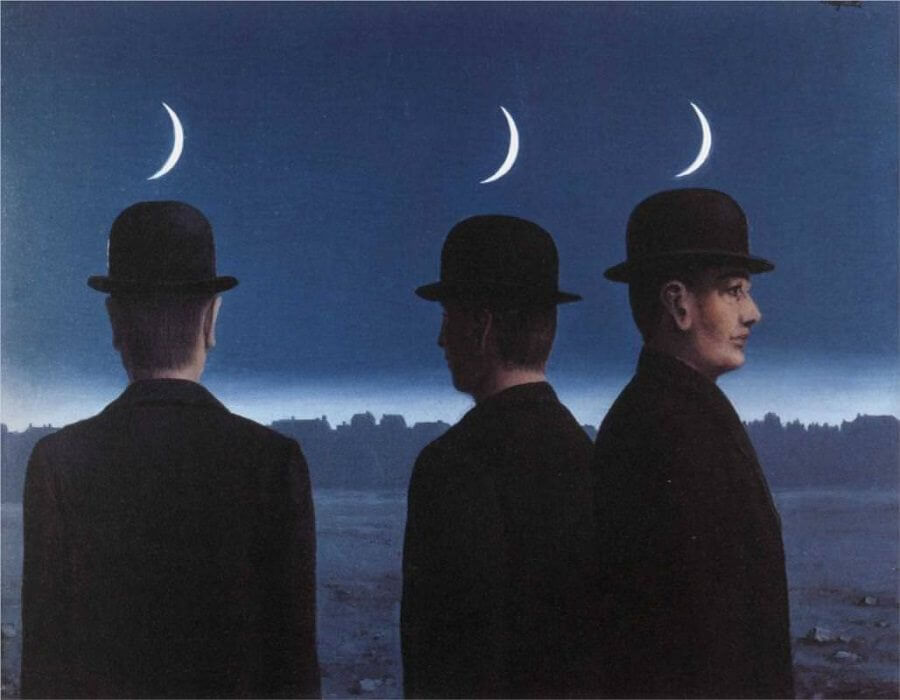
After the successful opening of the exhibition, Magritte moved to Paris to live there and work with other surrealistic artists. In Paris, he painted frequently and supposed that time was the prolific of his life; with other surrealistic artists, Magritte found a rhythm in painting and life. As a leading figure of the surrealistic group, Magritte celebrated with his illusionistic, dream-like characteristics and exhibited works at Goemans Gallery in Paris with Salvador Dalí, Jean Arp, de Chirico, Max Ernst, Joan Miró, Picabia, Picasso and Yves Tanguy.
Besides surrealistic ideas, Magritte always sticks to a figurative style and stays away from biomorphic abstraction, as stated in his word, “challenge[d] the real world”. Magritte often uses true-to-life and admiringly explicit definitions of ordinary things and matters in this symbolic world. In 1930, Magritte returned to Brussels, restarted his career as a graphic artist, and set up an agency with his brother. Slowly, he joined a community party in 1932, and eventually, in 1936, Magritte exhibited his work in the United States at the Julien Levy Gallery.
Painted world
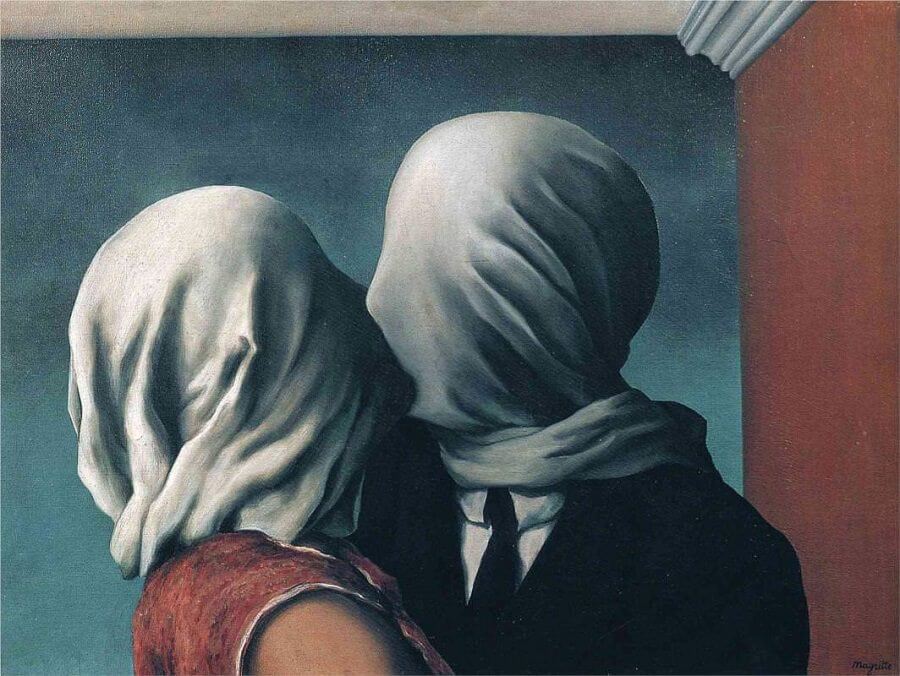
The painted world of Rene Magritte is tormenting and bewitching, often celebrated as an ironical edge of visual perception. What we see is nothing more than a manipulated visual experience of actuality, and beyond that, depicting objects tells the story of their life and presence in this world that we never precisely address. In ‘The Treachery of Images’ (1929), Magritte questions the visual reality of an object, as he stated, ‘the famous pipe how people reproached me for it! And yet, could you stuff my pipe? No, it’s just a representation. So if I had written on my picture, “This is a pipe”, I’d have been lying and placed them into a phase of unreal and hyper-reality.
Like many other painters, artists are the characters of Magritte’s paintings, and in ‘Not to Be Reproduced’ (1937), British surrealist artist Edward James has come as a character, depicted as staging in front of a mirror but not displaying his face in the mirror. The artist sees the back of the ‘model’ reflected in the mirror, too; then, we glimpse the question that arises. The question of what we see, or the ways of seeing, is always a matter in Art.
In ‘The Mysteries of the Horizon, Magritte represents three matching men in bowler hats, set outside in twilight, each turning in a diverse direction. They belong to three separate crescents moon and have vague or identical natures.
Conclusion
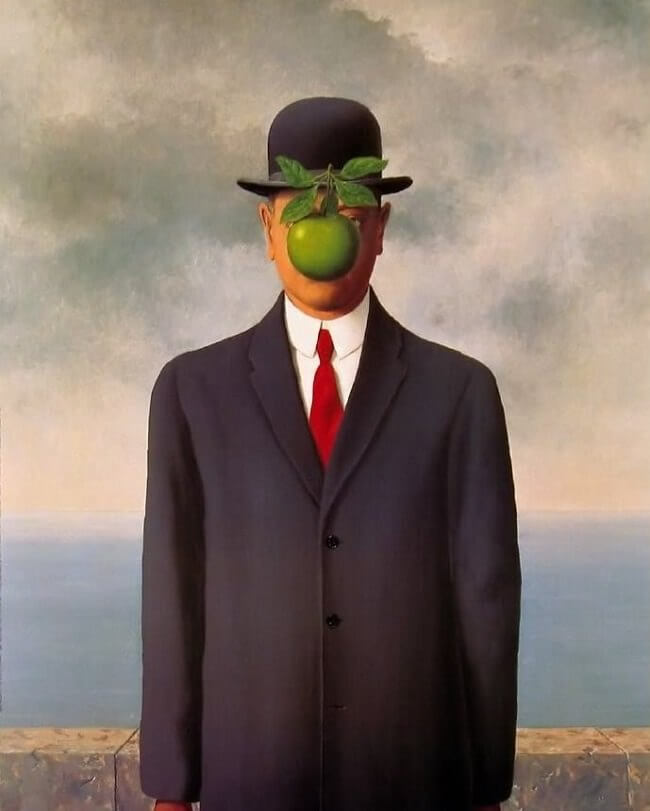
Who was Magritte? One who represents the creative phase of human culture and constantly questions the human’s ‘way of seeing. After Magritte’s death, the artist’s legacy arose, and he got worldwide attention, often adapted in advertisements celebrated in posters, book covers, and other media.

Krispin Joseph PX, a poet and journalist, completed an MFA in art history and visual studies at the University of Hyderabad.

